MEICAGE refers to the connection between how tiny particles called atoms interact and share electrons to create molecules, and generates electricity which has an impact on both the economy the environment and by promoting environmentally friendly practices.
We are focused on in-depth research into the development of Electrochemical Cells, Green Energy Storage Systems (GESS), and Lithium Ion Batteries (LIBs). This encompasses the design and creation of electrodes, electrolytes, and membrane separators for optimized cell production, extending to battery modules and battery packs. Furthermore, we emphasize the recycling of spent LIBs into black mass production, followed by the extraction of valuable metals for reintroduction into the cell cycle – embodying a Green Energy Circular Economy and advancing Molecular Electrochemistry for a sustainable future.
Developing Next Generation Nanomaterials for Electrochemical and Photovoltaic Cells such as Metal Ions, Hydrogen Ion /Fuel and Solar Cell.
Synthesis of bimetallic / trimetallic MOFs and its applications in electrochemical cells, and Fuel Cell
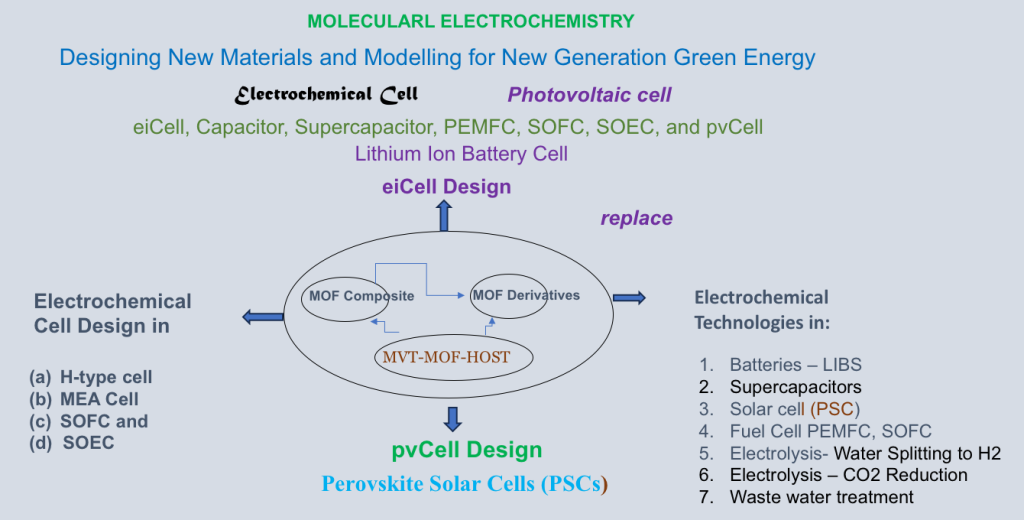
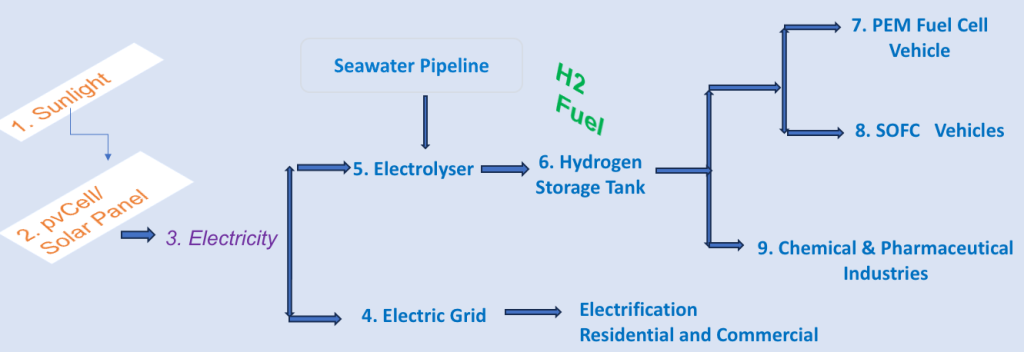

Fuel Cells: Fuel cells are devices that generate electricity through an electrochemical reaction between hydrogen (or other fuels) and oxygen.
Microgrids: A microgrid is a localized energy distribution system that can operate independently or in conjunction with the main power grid.
Solar Cells (Photovoltaic Cells): Solar cells are semiconductor devices that convert sunlight directly into electricity through the photovoltaic effect.
Solar cell microgrid electrification is a step towards a more sustainable and resilient energy future
For a lithium-ion battery with a negative electrode active material of graphite,
(A) the reaction at the negative (or anode) electrode is as follows:
Eq(1) LinC6 ⇌C6 +nLi+ +ne- wherethe
(a) forward reaction represents the de-intercalation reaction (during discharge), and the
(b)backward reaction represents the intercalation reaction (during charge). For a lithium-ion battery with a Positive electrode active material of NMC (nickel-
manganese-cobalt) Cathode is considered, and
(A) the reaction at the positive (cathode) electrode is represented by:
Eq(2) Ni1/3Mn1/3Co1/3O2 + m Li+ + m e- ⇌ LimNi1/3Mn1/3Co1/3O2 where
(a)the forward reaction represents the intercalation reaction (during discharge), and
(b)the backward reaction represents the de-intercalation reaction (during charge).
Designing, Experimenting and Evaluation of Electrochemical, Photovoltaic and Fuel Cells
Electron Ion Cell (eiCell) and PEMFC MEA System Design Consideration Identify Ingredients, Components and equipment in the eiCell and MEA Cell Development
R & D Batch Processes Development & Process Optimization R & D Batch Processes Process Validation & Tech Transfer
Scale-up to Pilot Batch Processes & Process Optimization / Validation Tech Transfer to Commercial Scale Manufacturing
LeiPS:
Batteries, Power Banks – the mobile electricity, Portable Charger For Electronic Device
Battery Packs:
Produce Battery Pack for (a) E-Bikes and (b) EVBs and © Battery Bank for Off-Grid Solar System
LeiPS, E-bikes & Trikes
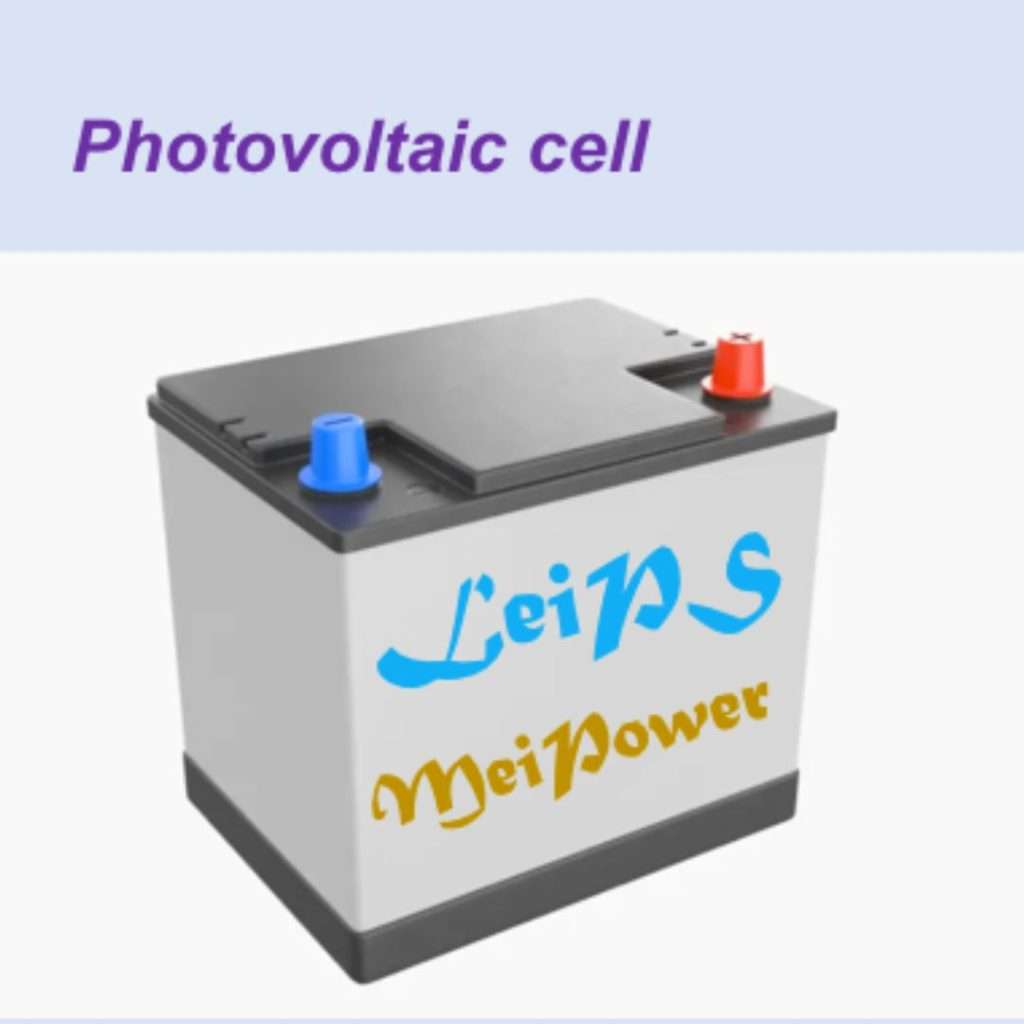
meiPower,
Electric Motors -the Power of Mobility
meiPower,
Fuel Cell– the renewable bioenergy for Microgrid electrification
meiPower,
Solar Cell – the renewable bioenergy for Microgrid electrification
Lithium Electron Ion Power Source (LeiPS)
Rechargeable Lithium Ion Battery for Electric Bicycles, Electric Tricycle and Rickshaw , Scooters and Electric Motorcycle
Rechargeable Lithium Ion Battery 10S2P 42V 500W, for Bicycles, Scooters Electric Motorcycle
Lithium Battery Pack 36v 10s2p for 500W Electric Scooter
Lithium-ion Battery Pack 13S3P 48V 100Ah with 1000W BMS for 54.6V E-bike Electric Bicycle Scooter
Heavy Duty Electric Cargo Bikes

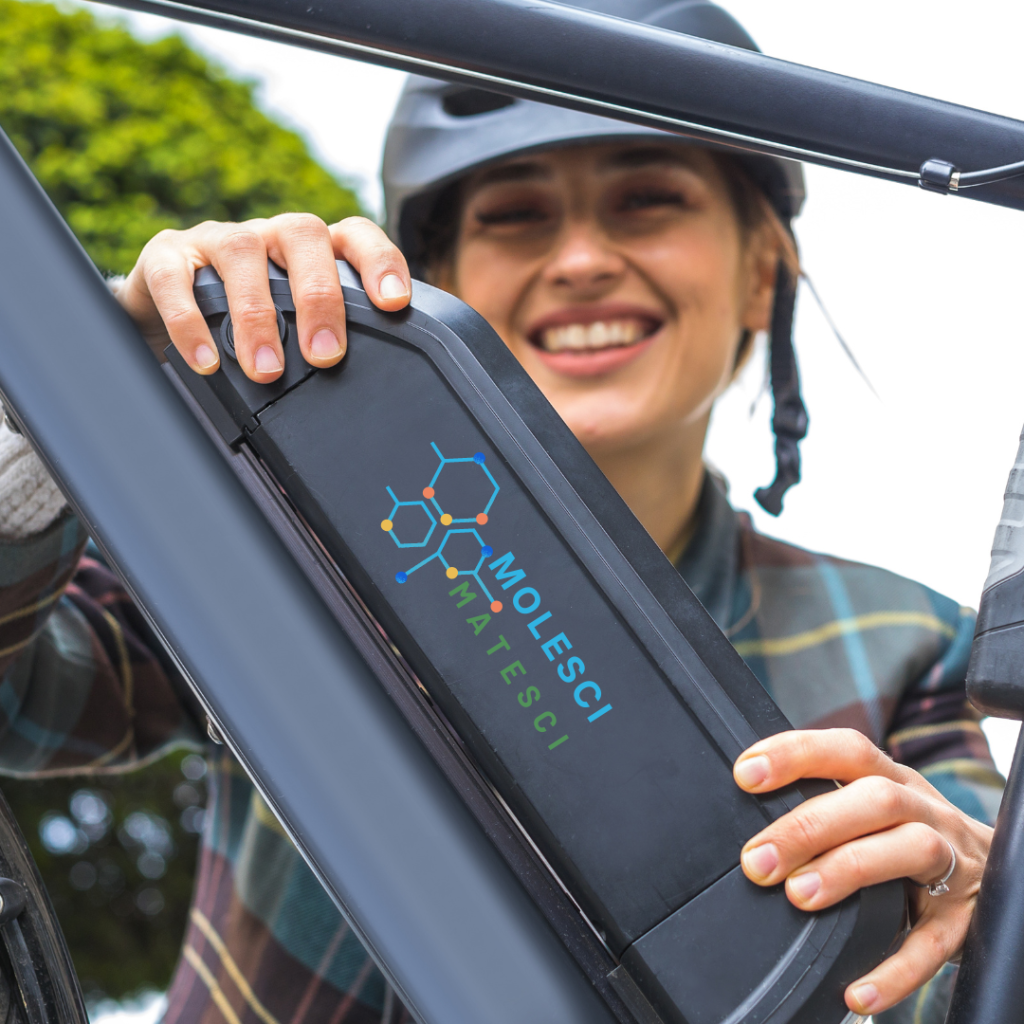
Lithium-ion batteries (LIBs) are primarily constructed using intercalation chemistry, a process that allows for the insertion and removal of lithium ions within bulk electrode materials, sustaining thousands of charge and discharge cycles. The typical intercalation cathodes encompass a range of materials such as LFP, LCO, LMO, NCM, and NCA.
Notably, LCO, LFP, and NCM have found extensive application in the electronics sector (especially LCO) and predominantly LFP, NCM, and NCA are in the electric vehicle (EV) industry
Cell formats are: Cylindrical, Pouch and Prismatic.
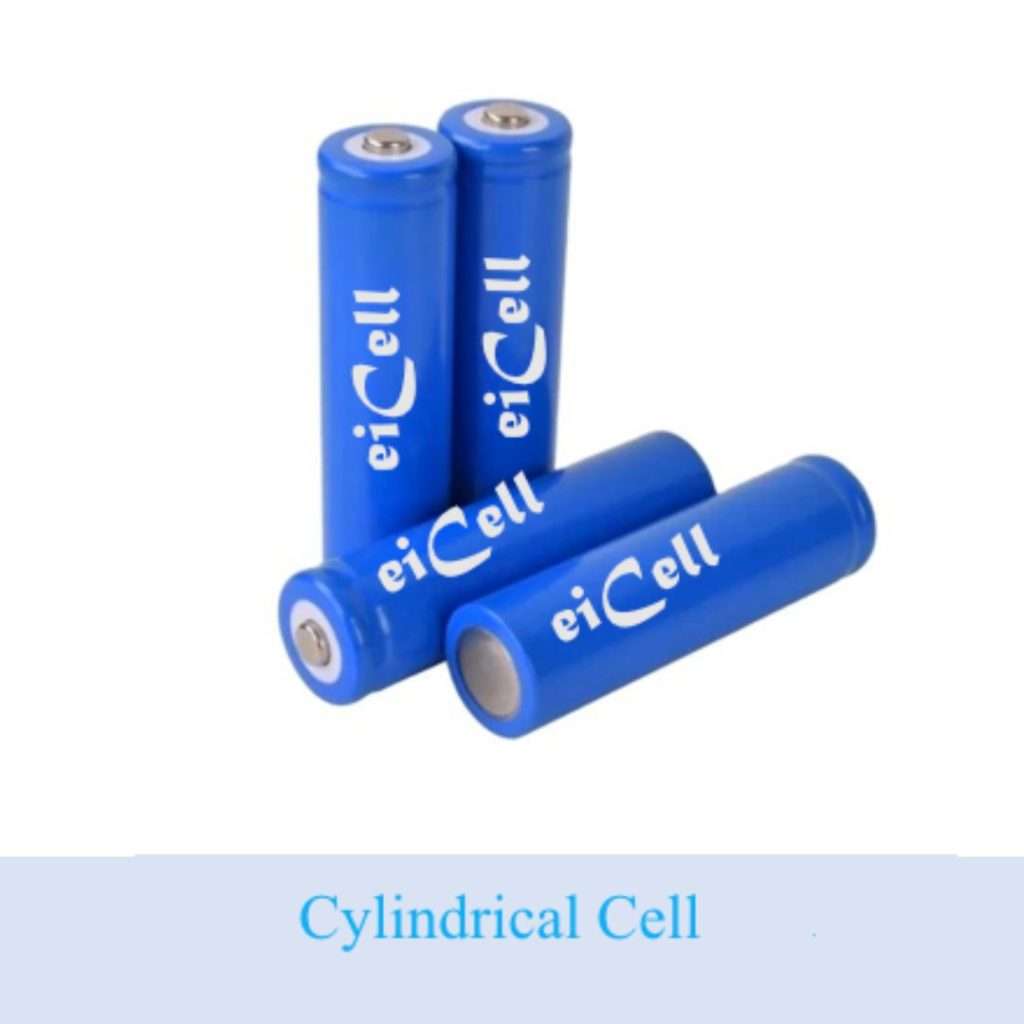
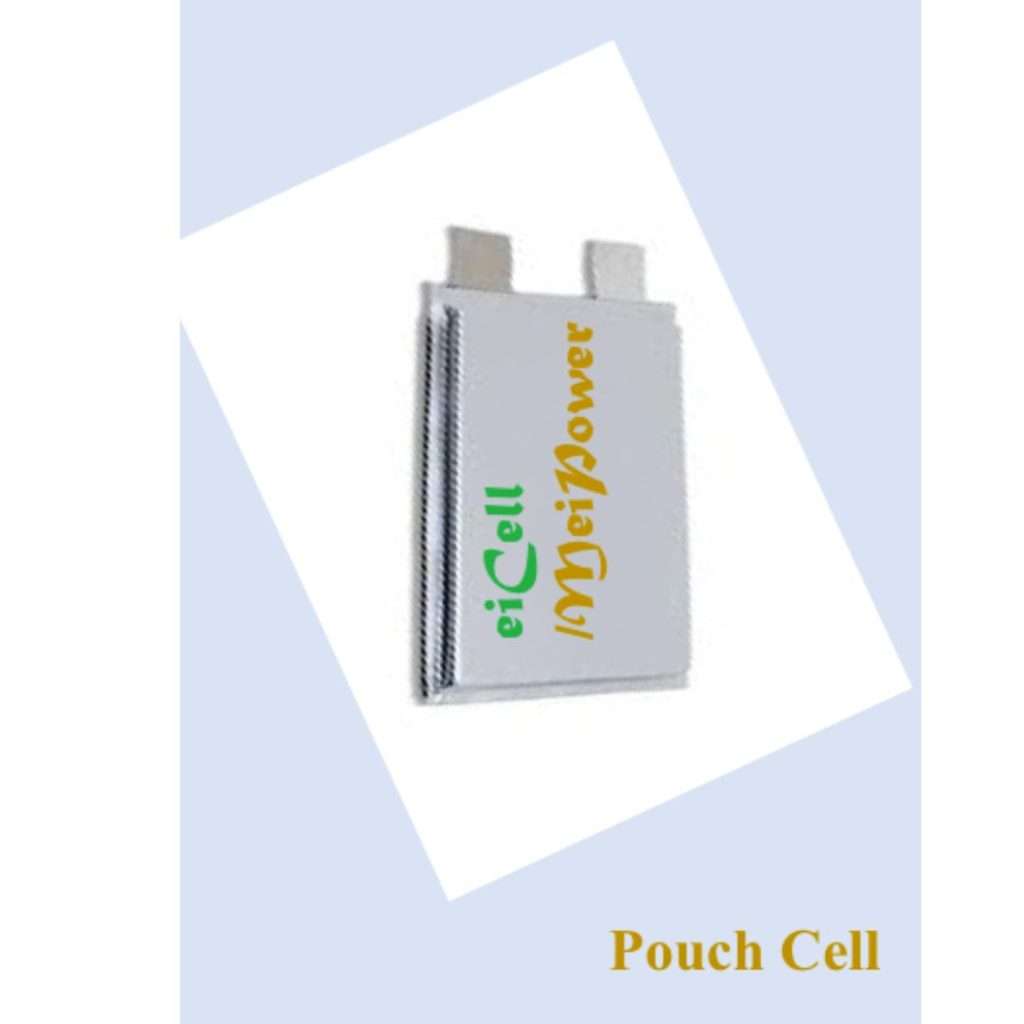
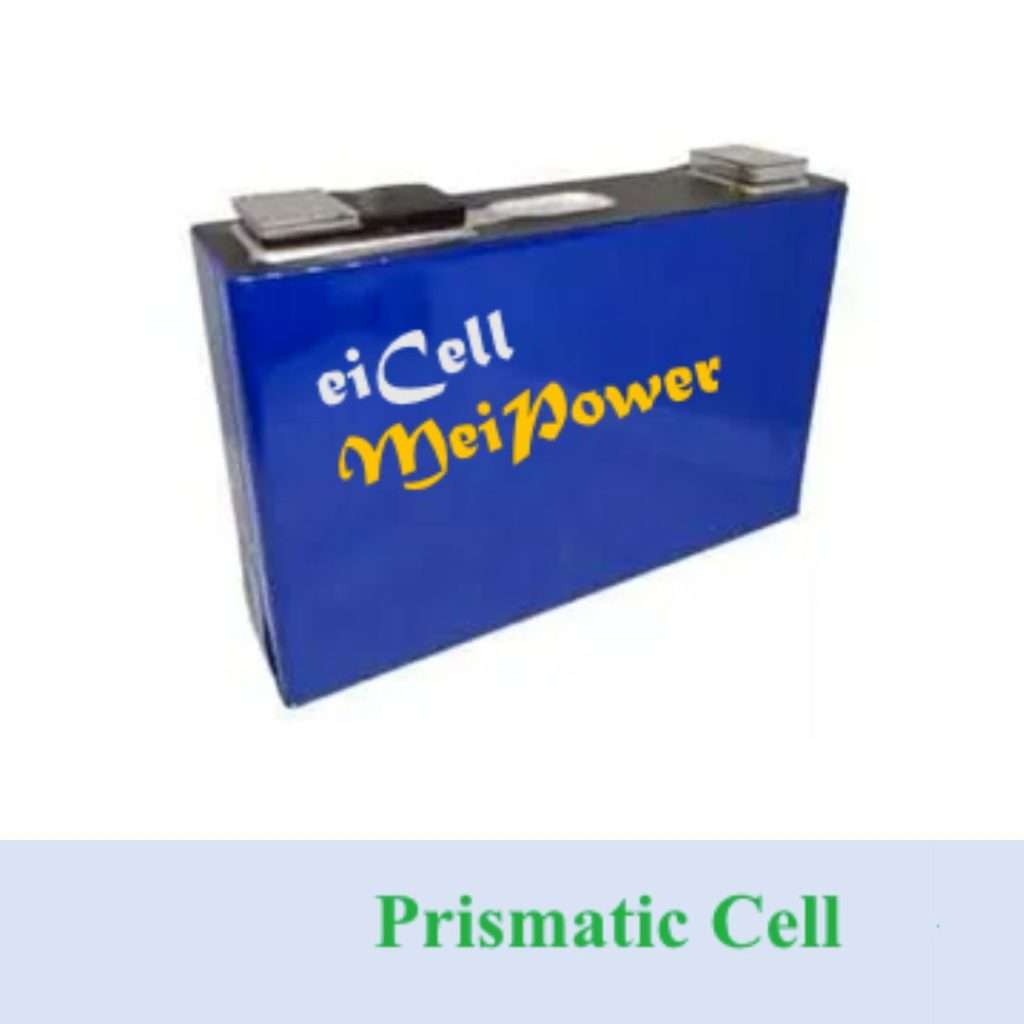
We are dealing with the following Cathodes Materials:
Copyright © 2023 Molesci Matesci. All rights reserved.